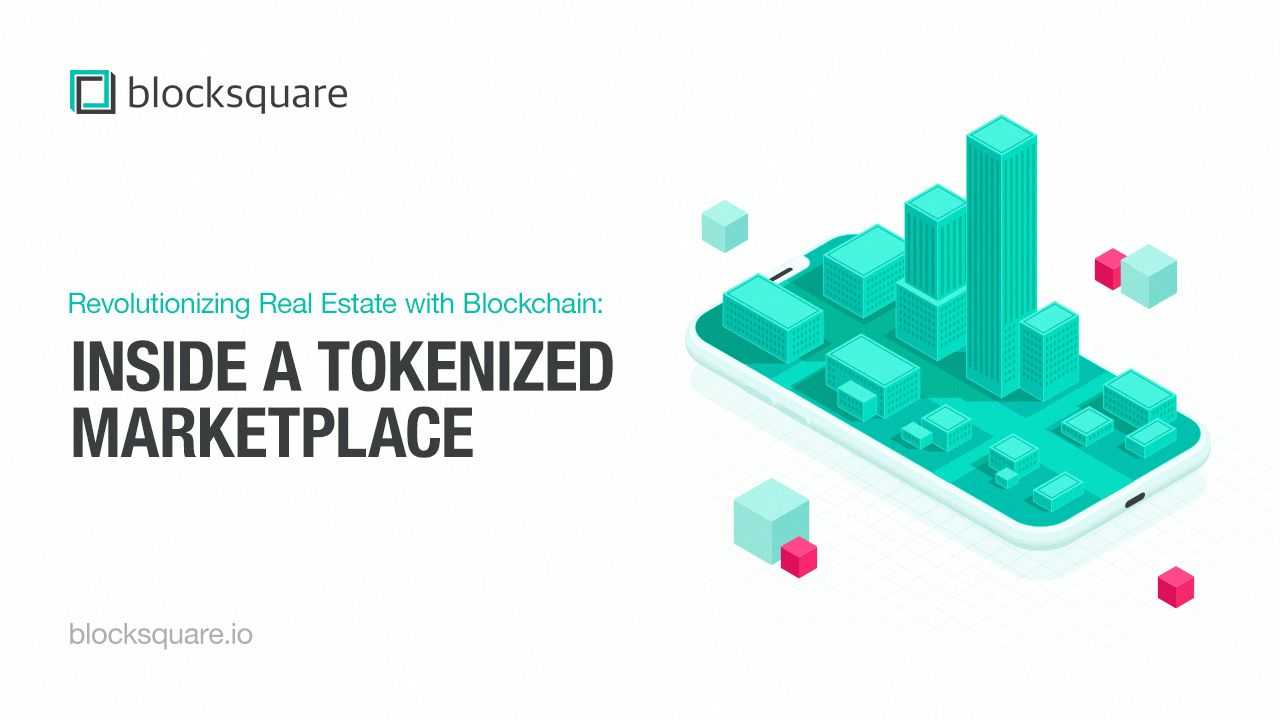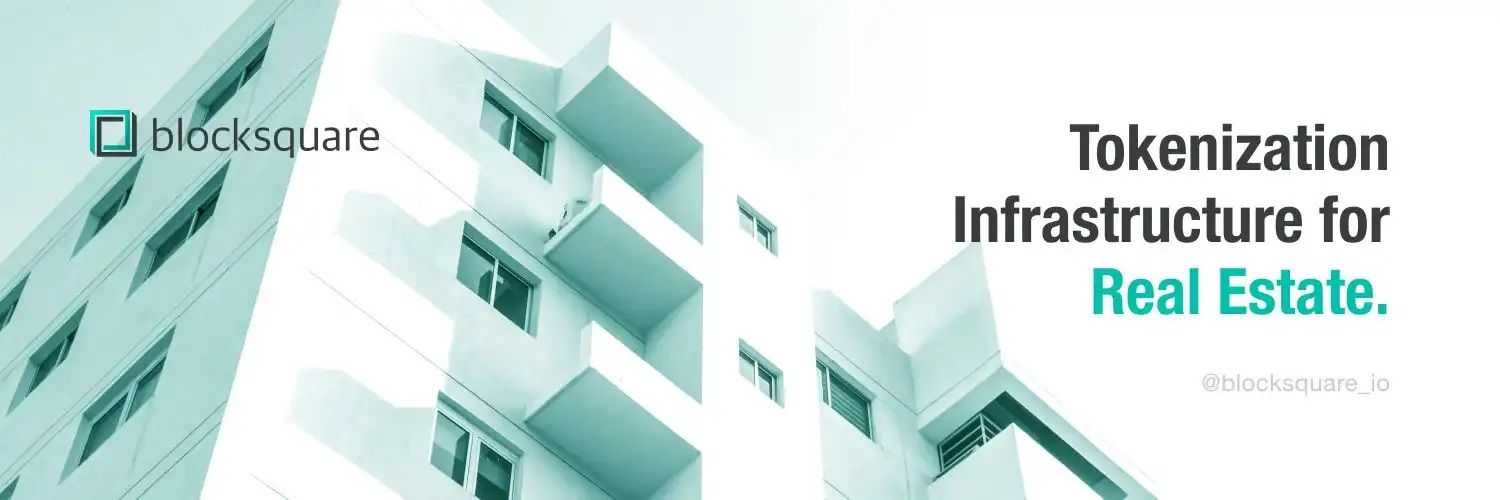How Blockchain is Revolutionizing Real Estate Investment: Behind the Scenes of a Tokenized Marketplace
The real estate sector is entering a new era—driven not by skyscrapers, but by smart contracts. Blockchain technology has started to reshape how people invest in property, making the process faster, more transparent, and dramatically more accessible.


Makram Hani and Denis Petrovcic recently offered a live demo that peeled back the curtain on this new frontier. Their conversation, grounded in hands-on walkthroughs and sharp insights, shows how tokenized marketplaces are changing the game for investors and developers alike.
What is Real Estate Tokenization?
Real estate tokenization involves breaking down a property’s value into digital tokens stored on a blockchain. Each token represents fractional ownership, enabling individuals to invest in properties without the need to buy entire buildings—or even full units.
A Standardized Model: 100,000 Tokens Per Property
As Denis explained, Blocksquare's tokenization protocol standardizes each property into 100,000 tokens. That means 1% of a property equals 1,000 tokens—making portfolio management simple and intuitive.
“You can tokenize any property of any value,” Denis said. “It’s not the number of tokens that changes—it’s their price.”
What Makes This Marketplace Different?
Blocksquare recently launched a major upgrade to its marketplace interface—an enhancement that applies to all marketplaces built on its white-label infrastructure. This isn’t just a visual refresh. The newly relaunched platform is now a fully functional investment hub, equipped with advanced compliance features, in-depth property analytics, and integrated revenue tracking designed for tokenized real estate.
Key Features Include:
-
AML/KYC Compliance: Users create traditional accounts before linking crypto wallets, ensuring privacy and regulatory adherence.
-
Account Abstraction (coming soon): Wallet-free access to tokens will reduce friction for new investors.
-
Custom Branding: Operators like Vera Capital and RWA Technology can tailor UI/UX to their own brand identity.
-
Corporate Resolution & IPFS Integration: Legal documents, token contracts, and ownership details are all stored and viewable on decentralized networks.
Makram emphasized the importance of visibility:
“You’ll be able to see what’s behind the images—corporate resolutions, token rights, and much more.”
Revenue Sharing That Favors Investors
The system is built to be investor-first. Token holders receive income based on top-line revenues, not net profits. This removes the risk of creative accounting or fluctuating cost structures affecting payouts.
For example:
-
If a property generates $10,000 annually, and the revenue share is 85%, token holders collectively receive $8,500.
-
That amount is distributed proportionally, based on token ownership.
“It’s very easy to manipulate profits,” said Denis. “But it’s very hard to manipulate revenues.”
Governance and Flexibility
The platform includes a buyback threshold mechanism, allowing investors to vote on buyout offers. For example, a proposed buyback can only proceed if the required percentage of token holders—such as 50%—agree on the offer. Each property owner sets this threshold at the time of the token offering, ensuring flexibility while maintaining fairness for all parties involved.
Additionally:
-
Property owners can retain a portion of tokens, offering flexibility in how much ownership they tokenize.
-
Investors can passively manage portfolios with real-time dashboards, showing trade history, distributions, staking activity, and more.
Blockchain Transparency in Action
Every transaction, trade, and ownership change is logged and viewable on Etherscan. Properties come with trade volume charts, price fluctuations, and transaction-level detail.
Makram pointed out:
“Every single transaction that ever happened is there. Every single document is on-chain. Nobody can remove it.”
Staking and Yield Boosts
Some properties are eligible for staking rewards, paid in BST tokens. This feature allows marketplace operators to offer returns beyond the projected APY—sometimes reaching 8% or more.
Token holders stake their assets in a smart contract and receive additional yield, creating a powerful compounding effect.
Live Demo Highlights
In the session, Denis demonstrated:
-
Signing up and logging into the marketplace.
-
Browsing properties with detailed financial data and token info.
-
Connecting a MetaMask wallet and purchasing 20 tokens in seconds.
-
Viewing smart contract data and claiming revenue via the portfolio dashboard.
It was all done in under 25 minutes.
“If we can do it live, you can definitely do it at home,” Makram added.
Final Thought: Why This Matters Now
Tokenized real estate is no longer an experiment—it’s live, accessible, and already yielding results. As the infrastructure matures, expect more investors to shift from spreadsheets to smart contracts.
“Choose your return,” Makram concluded. “It will compound, and it will decide much of what happens with your wealth tomorrow.”
Ready to explore more? Check out platforms powered by Blocksquare, read up on Tokelytics, or watch the full demo for a front-row seat to the future of real estate investing.
